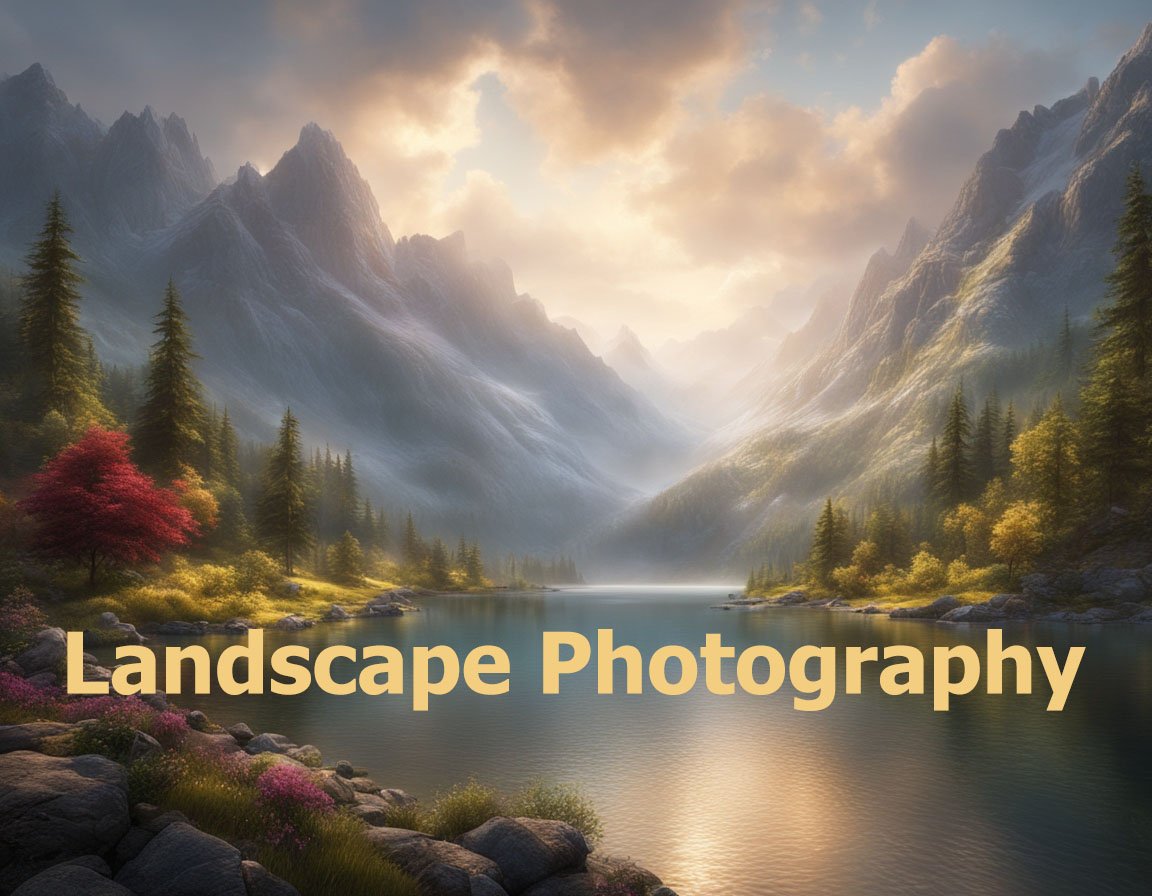The Impact of Weather on Landscape Photography
Weather plays a crucial role in landscape photography, shaping not only the aesthetics of a scene but also influencing the mood and message conveyed through the image. Photographers often wait for specific weather conditions to capture their desired shots, making it essential to understand how various elements like light, clouds, and precipitation can transform a landscape.
Lighting Conditions
One of the most significant aspects of landscape photography is lighting, which can vary dramatically with changing weather conditions. The golden hour, which occurs shortly after sunrise and before sunset, provides soft, warm light that enhances the natural beauty of landscapes. On overcast days, diffused light can result in more even tones and reduced harsh shadows, allowing for a more detailed capture of textures. Conversely, bright sunlight can create vibrant colors but may also lead to blown-out highlights and stark contrasts.
Clouds and Atmospheric Effects
Clouds are not just a backdrop; they are an essential element that can add depth and drama to landscape photographs. A partly cloudy sky can introduce dynamic light changes, creating a sense of movement and mood. Storm clouds may evoke feelings of tension or drama, while fluffy cumulus clouds can lend a more serene and pastoral feel to the image. Photographers often find that the presence of clouds can enhance the composition, leading to a more compelling photograph.
Rain and Fog
Rain and fog can dramatically alter a landscape, providing unique opportunities for photographers. Rain can saturate colors, making greens appear more vibrant and enhancing the overall richness of the scene. Puddles and reflections can add interesting foreground elements that contribute to the composition. Fog, on the other hand, can create a sense of mystery and depth, softening edges and blending colors together. These weather conditions often require photographers to adjust their techniques, such as using longer exposures to capture the ethereal quality of fog.
Snow and Seasonal Changes
Snow transforms landscapes into blank canvases, offering a fresh perspective and a sense of tranquility. The way snow blankets the ground and clings to trees can create striking contrasts and textures. Seasonal changes brought about by weather also provide varying backdrops throughout the year. The vibrant foliage of autumn, the starkness of winter, the rebirth of spring, and the lushness of summer each present unique opportunities for photographers to capture diverse landscapes.
Planning and Preparation
Understanding the role of weather in landscape photography necessitates careful planning and preparation. Photographers often rely on weather forecasts to identify optimal conditions for shooting. Tools such as weather apps, satellite imagery, and local climate patterns can help anticipate changes in the environment. Additionally, being adaptable and ready to seize opportunities as they arise is vital, as weather can be unpredictable and may change rapidly.
Conclusion
In conclusion, weather is a fundamental element in landscape photography that affects not only the visual appeal of an image but also the emotional resonance it carries. By embracing the diverse effects of different weather conditions, photographers can create powerful and evocative landscapes that tell a story. Whether capturing the soft light of dawn, the drama of a storm, or the stillness of a snowy scene, understanding the intricacies of weather will undoubtedly enhance the artistry of landscape photography.


